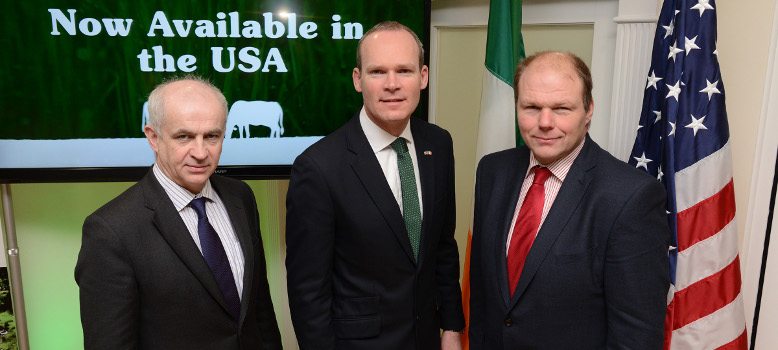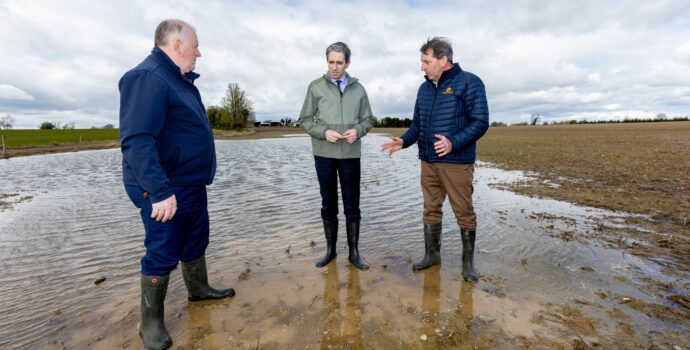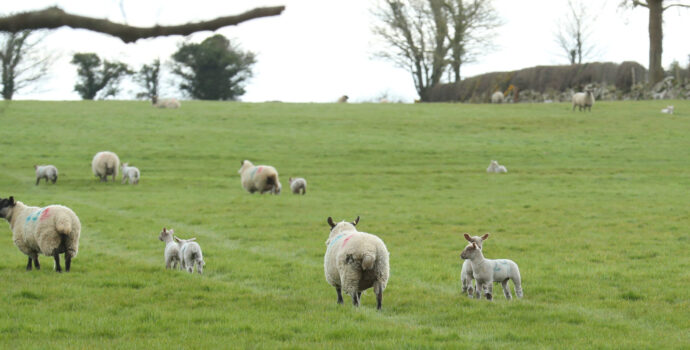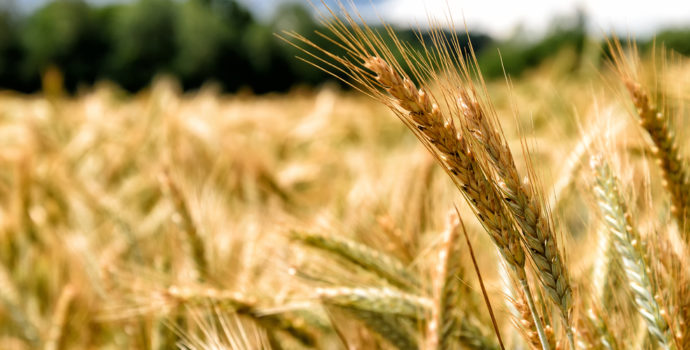Branding Opportunity for Irish Beef in the Us Market – IFA

Speaking from the United States this week, IFA President Eddie Downey said that Ireland should take the opportunity to clearly brand Irish beef in the US market. He said this presented the best chance to establish a premium price and long-term brand positioning, especially on retailer shelves.
Eddie Downey and IFA Livestock Chairman Henry Burns participated in an Irish trade mission to the US this week with the Minister for Agriculture Simon Coveney and Bord Bia to launch Irish beef in the huge US market.
Mr. Downey said the re-opening of the US market sent a very strong and positive message to key US purchasers and potential customers for our beef. However, a number of important issues around quotas, tariffs and end use, which could limit access, would have to be resolved.
At meetings with key organisations in Washington, including the influential Cattlemen’s Association, Henry Burns said that European farmers would be insisting on clear equivalence of standards in any TTIP trade deal between the EU and the US. In comparing positions, it was very clear that the US had their own concerns with TTIP and a deal was far from being concluded.
The Cattlemen’s Association briefed the IFA delegation on the scale of US beef industry, which has 11 million tonnes in beef sales annually, exports in excess of $7 billion and imports in excess of $1 billion mainly from Canada, Mexico and the Uruguay. He said that while US beef producers were struggling to rebuild their beef herd following years of drought, they were benefitting from record prices that now are significantly ahead of European prices.
While the main US beef production states such as Texas were starting to recover from years of drought, the age profile of producers meant that recovery of US beef output would be slow. However, the US has compensated for the reduced production levels by gradually increasing beef carcase weights. In addition, dairy farmers were also taking advantage of very strong cull cow prices by increasing their herd replacement rates.




